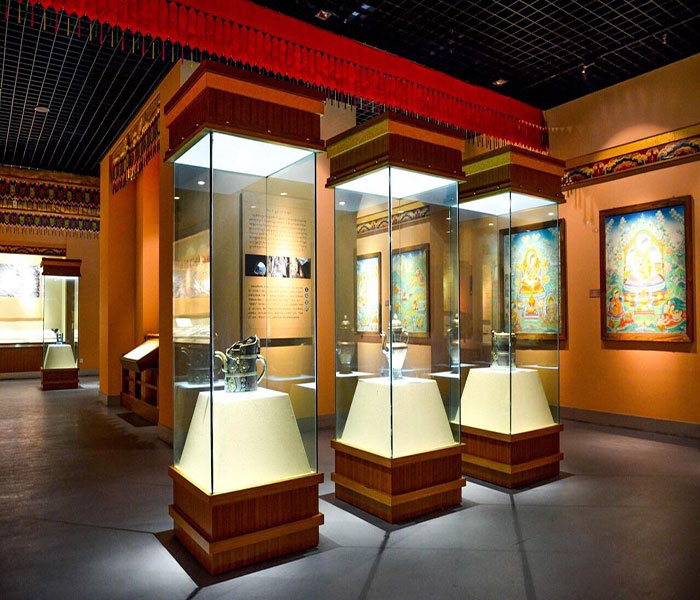In modern architectural design concepts, the choice of materials is crucial to the success of a project. Ultra-white laminated glass, a new building material, has become the preferred choice for many high-end architectural projects due to its desirable light transmission, high strength, and safety features. The purpose of this article is to provide architects, designers, and developers with a detailed guide on how to select the right super white laminated glass.
Understanding the Properties of Ultra-White Laminated Glass Ultra-white laminated glass consists of two or more sheets of glass laminated with one or more layers of interlayer material. It has an extremely high degree of transparency, providing better visual clarity than traditional glass. In addition, the structure of laminated glass gives it desirable impact resistance and safety, keeping it together even when broken and avoiding the risk of injury from shards.
Considering Safety Requirements When choosing super white laminated glass, the thing to consider is the safety requirements of the building. The impact resistance of laminated glass is effective in preventing injuries caused by external impacts, while also providing a degree of burglary protection. Understand the climatic conditions and safety regulations where the building is located to ensure that the chosen material meets the relevant standards and requirements.
Evaluating Optical Properties The light transmission of super white laminated glass is an important indicator of its optical properties. High-light transmission not only provides a brighter interior environment but also reduces energy consumption. When making a selection, consider the light transmittance and reflectivity of the glass and whether additional coatings are required to control solar radiation and UV ingress.
Determining thermal and acoustic insulation needs The thermal and acoustic insulation properties of laminated glass are also important selection factors. Different types and thicknesses of laminated materials can affect the overall performance of the glass. Depending on the location and use of the building, select the appropriate laminated material for optimum thermal and acoustic insulation.

Consider aesthetic and design requirements Ultra-white laminated glass not only provides practical functionality but also meets the aesthetic requirements of building design. Transparent and colorless, ultra-white glass can give a building a more modern and elegant visual appearance. Also, laminated glass can be matched with different designs and colors to suit various architectural styles.
Calculating Costs and Budgets Cost is a factor that should not be ignored when choosing super white laminated glass. Although the price of super white laminated glass may be higher than that of conventional glass, its long-term energy-saving effect and lower maintenance cost can offset the increase in initial investment. Calculate the budget for the project wisely and consider the long-term operating costs to choose the cost-effective product.
Choosing reliable suppliers and manufacturers Choosing an experienced and reliable supplier of super white laminated glass is crucial. They can not only provide high-quality products but also professional installation guidance and after-sales service. Ensure that the supplier can provide relevant product certification and quality assurance to ensure the safety and success of your building project.
Consider installation and maintenance When choosing super white laminated glass, you also need to consider its ease of installation and maintenance. Ensure that the size and specification of the chosen material are suitable for the building design and consult the installation guidelines provided by the supplier. In addition, understand the desirable practices for maintaining and cleaning your ultra-white laminated glass to preserve its long-term aesthetics and performance.
In summary, choosing the right super white laminated glass is a comprehensive decision-making process that takes into account the building's safety, optical performance, thermal and acoustic insulation needs, aesthetic and design requirements, cost and budget, choice of suppliers and manufacturers, and ease of installation and maintenance. With these guidelines, architects and designers can make informed choices to ensure that ultra-white laminated glass performs optimally in architectural projects while achieving aesthetic and economic goals.





